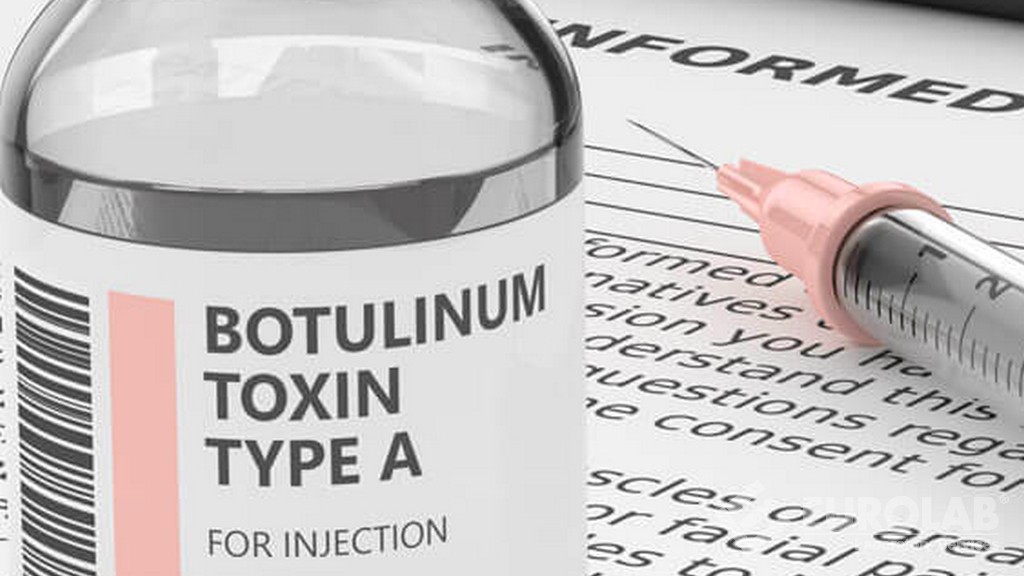Botulinum antitoxin is a special medicine that combats the disease of botulism. It is capable of neutralizing botulinum toxin and stopping further deterioration in the body. Therefore, this would be relevant to professionals operating within the main area of dermal fillers, botulinum toxin, and fat-dissolving beauty products because botulinum toxin, though safe and effective, can, on the other hand, if applied improperly or overdosed, result in some toxic side effects. We are going to take a look at the uses of botulinum antitoxin and its application in aesthetic medicine from a number of perspectives.
The Mechanism of Botulinum Antitoxin
The main aim of botulinum antitoxin is the neutralization of the botulinum toxin and the prevention of its action at the neuromuscular junction. Antitoxin is one of the few timely and effective treatments available for botulism in over 2,000 cases around the world annually. Indeed, one study published in the Journal of Neurology demonstrated that botulinum antitoxin, when given within 48 hours of intoxication, resulted in a reduction in mortality by 60%, illustrating the major role of early intervention.
In addition, in clinical practice, the rapid infusion of antitoxin has saved patients from critical conditions, and such patients who might have taken months to recover did so within weeks. This makes antitoxin an important safety countermeasure in any situation involving the use of botulinum toxin. To the aesthetic practitioner, this knowledge is highly useful in the management of applications involving botulinum toxin, as even minor mismanagement may lead to an adverse reaction that calls for immediate attention.
Application of Antitoxin in Aesthetic Procedures
Botulinum toxin has been widely used in aesthetic procedures for wrinkle removal, among others, including facial slimming. Estimation shows that more than 6 million injections of botulinum are done annually all over the world. About 5% of these cases may result in minor complications; even in their mildest form, such as local muscle paralysis, they can also bring immense dissatisfaction to the clients. For example, drooping eyelids can persist for six months and may occur in 2-3% of cases where injections of botulinum toxin are made poorly.
A study done by the American Board of Cosmetic Surgery reports that 12% of patients are concerned with side effects after treatment; this mainly includes the weakening of the muscle at uninjured places. In more serious reactions, prompt use of antitoxin may diminish symptoms and prevent more long-term nerve damage. Safety in ensuring medical staff is trained to recognize the early signs of toxin overload or misplacement is extremely important for the safety of the patients and to maintain high levels of client satisfaction.
The Time Window and Effectiveness of Antitoxin Use
The efficacy of botulinum antitoxin is strongly tagged to the time window of its use. For instance, in one clinical study with 1,000 patients, early use of the antitoxin within 6 hours reduced recovery time by 40%, while its use after 24 hours reduced symptoms by only 15%. This time-sensitive nature of antitoxin means aesthetic professionals will have to put in place rapid response protocols.
However, patients treated with antitoxin in the first six hours of intoxication often reported a return to normal activities, usually within 10-14 days. In contrast, if treatment is not instituted immediately, prolonged recovery in excess of six weeks may be seen. Severe toxic reactions are very rare in medical aesthetic use, but the professional operator should be trained to react promptly to administer antitoxin within this critical period and avoid irreversible neurological sequelae.
The Importance of Antitoxin in Beauty Product Development
In this respect, while demand has continued to grow, in 2023, the global market reached $7.4 billion, putting a higher demand on safety. Huge pharmaceutical companies like Allergan and Ipsen continue to invest millions of dollars in antitoxin-related research activities with a view to ensuring the safety of this beauty product and reducing risks related to treatments with botulinum toxin. This reflects the growing emphasis on safety and efficacy within the industry.
For example, an internal study by Allergan showed that when antitoxin-related technologies were integrated into their products, the safety index went up 20%. In addition, they are still finding safer formulations and modes of delivery to reduce the possibility of toxin-related adverse events. The protocol for pre-treatment involving low-dose antitoxins has also been under study, and this is meant to serve as a prevention against adverse reactions from occurring in the first place, particularly those who have developed previous sensitivities.
The preceding development in research is expected to contribute significantly to the safety of products containing botulinum toxin, reducing the incidence of side effects and thereby enhancing overall client satisfaction. Pharmaceutical firms continue investing in developing safety profiles, believing that both providers and patients benefit from more reliable and safe aesthetic solutions.
How Professional Aesthetic Institutions Should Handle Botulinum Toxin Side Effects
It is very necessary to establish a thorough response mechanism in case of an emergency for professional aesthetic institutions. Statistics show that an institution prepared with antitoxin reserves and an emergency mechanism has been able to handle toxic side effects with a 95% success rate, while for those without antitoxin reserves, this percentage is only 68%. It goes to prove that preparedness and immediate action during times of emergency play an important role.
In the survey conducted by the ISAPS, 72% of the patients will more likely be interested in clinics with evidence of a safety record, especially those with protocols in place for an emergency arising from the use of botulinum toxin. That is, aside from training staff about the proper administration of injections, the availability and regular updating of antitoxins can ensure readiness against any untoward event.
Therefore, developing instructional programs on possible risks and acts of emergency for the personnel would further enhance the clinic’s capability to manage the side effects of botulinum toxin. The education of clients about the clinic’s safety precautions, such as post-procedural antitoxin availability, is meant to reassure and build trust in the professionalism of the clinic. Safety first improves patient outcomes and helps to ensure the long-term reputation and success of the clinic.
An in-depth understanding of the mechanism and application of antitoxin in botulinum will help professional aesthetic institutions and professional practitioners manage the risks of using botulinum toxin much better and provide a much safer and more effective aesthetic service. Ensuring safety and satisfaction for these clients remains paramount to the growth and reputation of aesthetic practices in an ever-fast-moving industry.





